New life springs forth in the much-loved 'Fantasia on a Theme by Thomas Tallis' by Ralph Vaughan Williams. This work is paired with another great classic, Sibelius’ Fifth Symphony. With its glorious 'swan-call' horn theme in the third movement, the Fifth Symphony remains one of the lushest and deeply moving symphonies of the 20th-century. And NZ pianist Stephen De Pledge performs Anthony Ritchie's Third Piano Concerto.
Programme:
VAUGHAN WILLIAMS: Fantasia on a Theme by Thomas Tallis;
Anthony RITCHIE: Piano Concerto No 3;
SIBELIUS: Symphony No 5 in Eb Op 82
Stephen De Pledge (piano), New Zealand Symphony Orchestra conducted by Gemma New.
Find out more and listen to this performance here:
VAUGHAN WILLIAMS: Fantasia on a Theme by Thomas Tallis
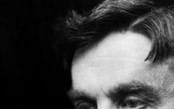
Vaughan Williams in 1920 Photo: E. O. Hoppé, Public Domain
In 1567, English Renaissance composer Thomas Tallis set nine psalms to music for the Archbishop of Canterbury. Nearly 400 years later, Ralph Vaughan Williams stumbled across these melodies while compiling hymns for the 1906 English Hymnal, and took a particular liking to the third of Tallis’ melodies. He eventually used it in his work for double string orchestra, the 'Fantasia on a Theme by Thomas Tallis'.
The overall effect of the orchestration is of a Renaissance multi-part choir, where melodic threads intertwine in a complex tapestry that eventually combine to sing out the main plainchant theme. Listening to the 'Fantasia' is akin to listening to the past through a modern filter; conductor Donald Runnicles describes the work perfectly when he says, “you have two great English composers coming together, and straddling 400 years.”
Recorded 20 November 2020, Michael Fowler Centre, Wellington by RNZ Concert
Producer: David McCaw
Engineer: Darryl Stack
Anthony RITCHIE: Piano Concerto No 3
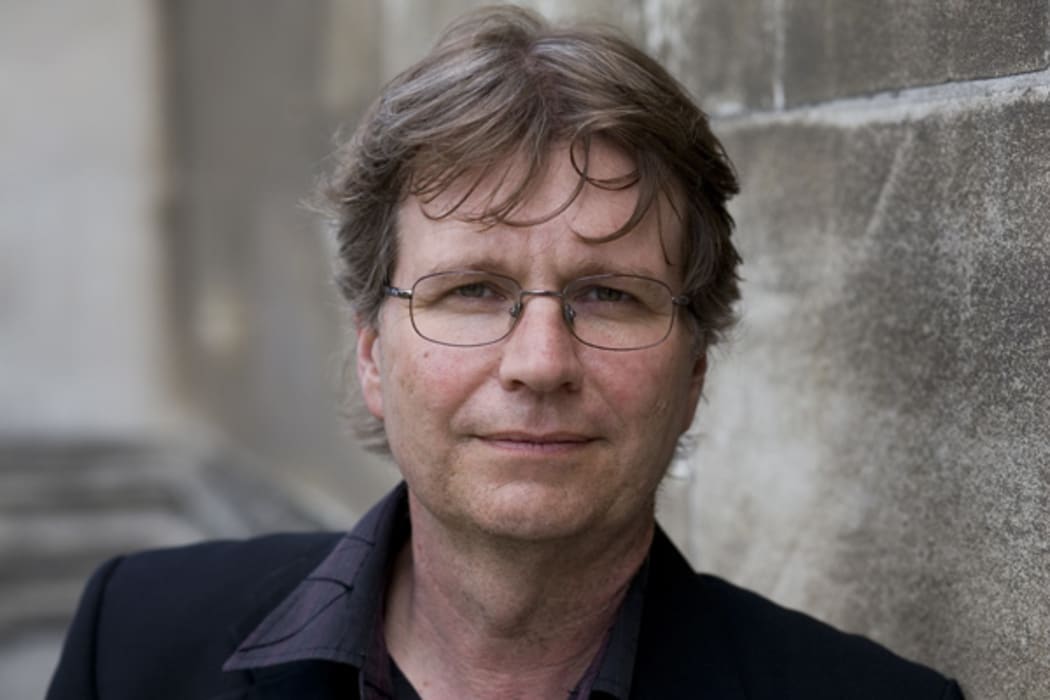
Anthony Ritchie Photo: Gareth Watkins / Lilburn Trust / Wallace Arts Trust
Anthony Ritchie’s 'Piano Concerto No 3' began life as a 2008 commission from the Manukau Symphony Orchestra, a community orchestra based in South Auckland. “I was given freedom to write any sort of piece I wanted for the Manukau Symphony,” Ritchie says. “It was my idea to write a piano concerto, as I had got to know Emma Sayers [the concerto’s dedicatee] and her wonderful playing, and decided I should write her the work.”
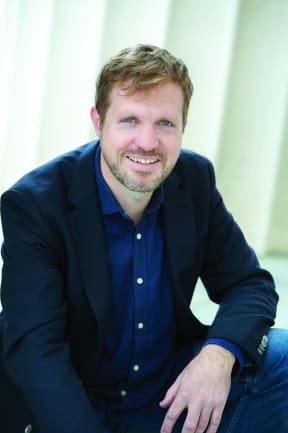
Pianist Stephen de Pledge Photo: Kelley Eady-Loveridge
Low and high moods combine with past and present sounds in this piano concerto.
The work’s movements also follow a Classical fast-slow-fast structure. But the sounds evoked are contemporary, speaking to a 21st-century listener’s ear.
In the slow opening introduction for example, the pianist plays solo, each note weighted with feeling. The emphasis here (as it is throughout the work) is clearly expression over technical pyrotechnics. When the strings take up the piano’s theme the effect is cinematic, evocative of remote windswept landscapes, stripped of the warmth of humanity. The segue into the allegro section of this movement heralds one of the “high mood” passages in the work.
The second movement, like the slow opening, speaks of the ache of loneliness “in a very direct and simple way; it is deliberately simple and emotional,” says Ritchie.
The third movement by contrast is instantly jovial, the mood one of skittering, playful, even child-like energy. Ritchie says, “The piano’s whimsy is contrasted with some rude interruptions – the percussion, for example.” The rat-a-tat of the snare drum (perhaps suggesting toy soldiers) rounds off this life-affirming work with a rousing finish.
Recorded 20 November 2020, Michael Fowler Centre, Wellington by RNZ Concert
Producer: David McCaw
Engineer: Darryl Stack
GRIEG: Nocturne, from Lyric Pieces Op 54

Pianist Stephen de Pledge Photo: Kelley Eady-Loveridge
Played as an encore by Stephen De Pledge (piano)
Recorded 20 November 2020, Michael Fowler Centre, Wellington by RNZ Concert
Producer: David McCaw
Engineer: Darryl Stack
SIBELIUS: Symphony No 5 in E flat Op 82
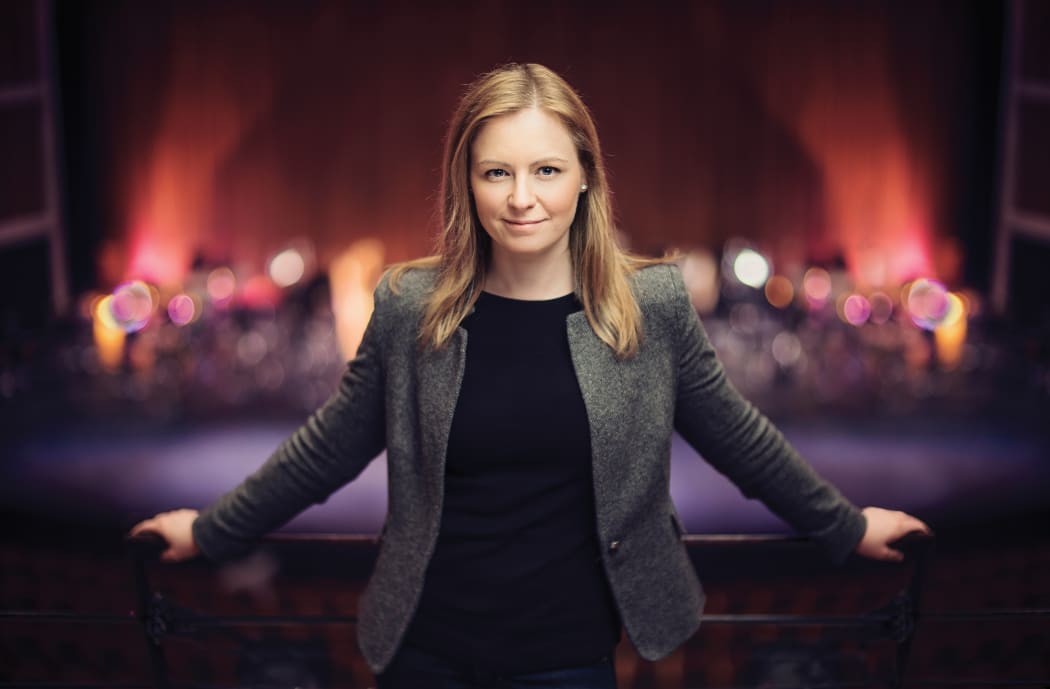
Gemma New Photo: Anthony Chang
The 1910s was a time of great change in music. Jean Sibelius’ innovations would be in the form of orchestral colour and structure.
The Finnish composer’s Symphony No 5 started life in 1915 as a four-movement work, but Sibelius later revised it - splicing the first two movements into one. The symphony is symmetrical in terms of tempo, beginning and ending the same way: the first movement starts slow and finishes fast, the second movement is a calm, stable-tempo interlude, then the third movement starts fast and finishes slow. Because Sibelius departs from the usual methodical development of his ideas, it’s not the easiest symphony to follow. Instead, he rotates the principal musical themes around again and again, transforming them each time in both small and large ways.
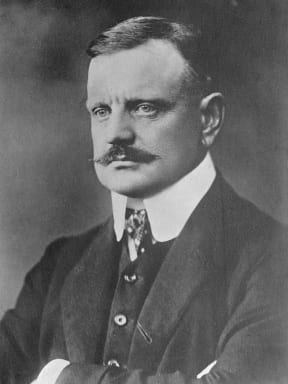
Jean Sibelius, 1913 Photo: Public Domain
In his diary, Sibelius noted the inspiration for the grand theme for this symphony: "Today I saw 16 swans. God, what beauty! They circled over me for a long time. Disappeared into the solar haze like a silver ribbon."
“[It’s] strange to learn”, he said “that nothing in the whole world affects me—nothing in art, literature, or music—in the same way as do these swans.”
A magnificently transformed version of this ‘swan theme’ forms the majestic and imposing climax at the end of the symphony.
In the horns, you can almost hear the beating of great white wings, as the wind instruments sing out a full-throated melody.
Sibelius was commissioned to write the symphony by the Finnish government in honour of his 50th birthday, 8 December 1915, which had been declared a national holiday. The symphony was originally composed in 1915; it was revised in 1916 and 1919, around the time of both World War I and the Russian Revolution.
In 1918 Russian soldiers entered Sibelius’ hometown, searched Sibelius’ house and shot one of his neighbours. Sibelius and his family escaped to Helsinki to take refuge at the psychiatric hospital at which his brother was a senior doctor. Sibelius described one German bombardment like “a crescendo that lasted 30 hours.” No wonder he found such inspiration in nature!
Recorded 20 November 2020, Michael Fowler Centre, Wellington by RNZ Concert
Producer: David McCaw
Engineer: Darryl Stack
Recorded in Michael Fowler Centre, Wellington, 20 November 2020.

